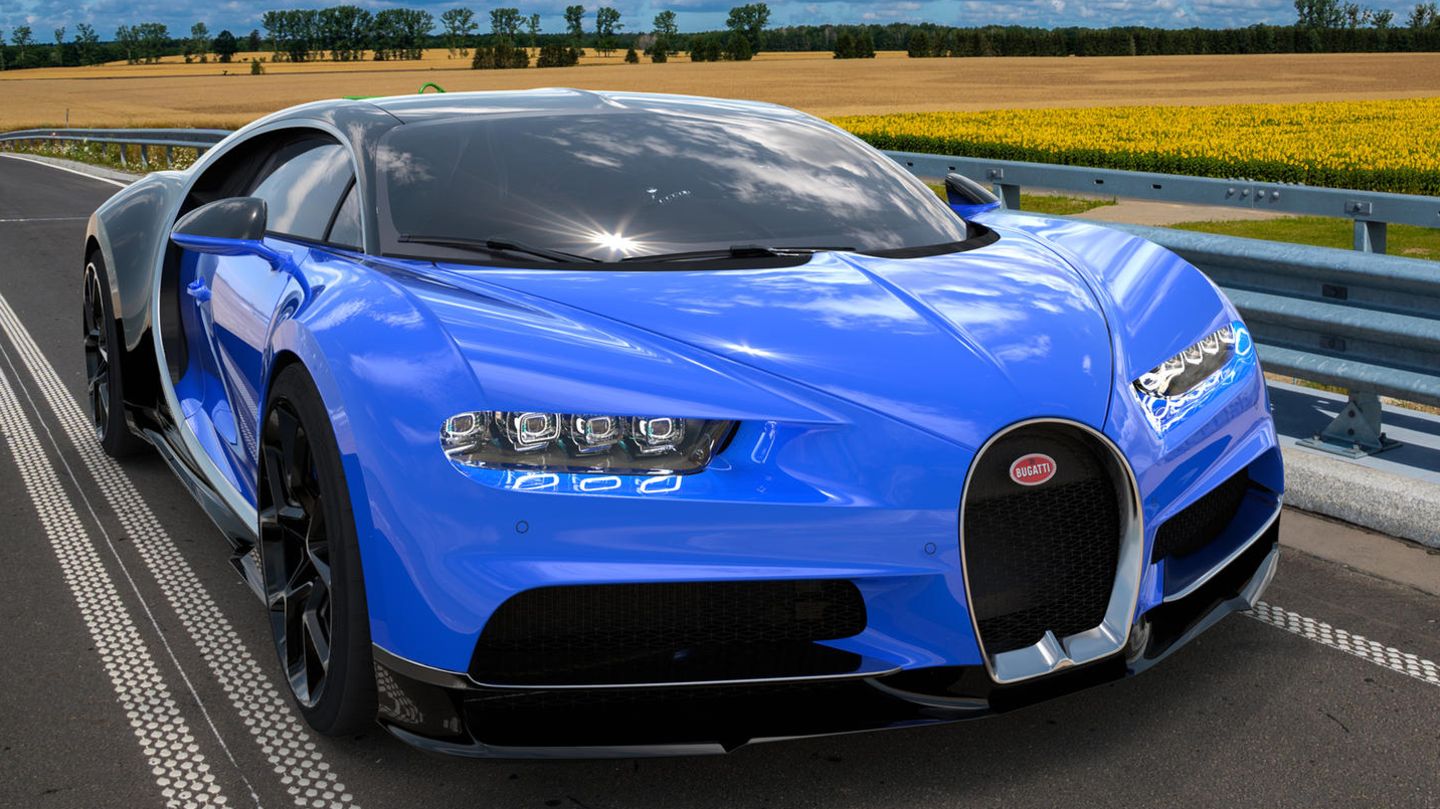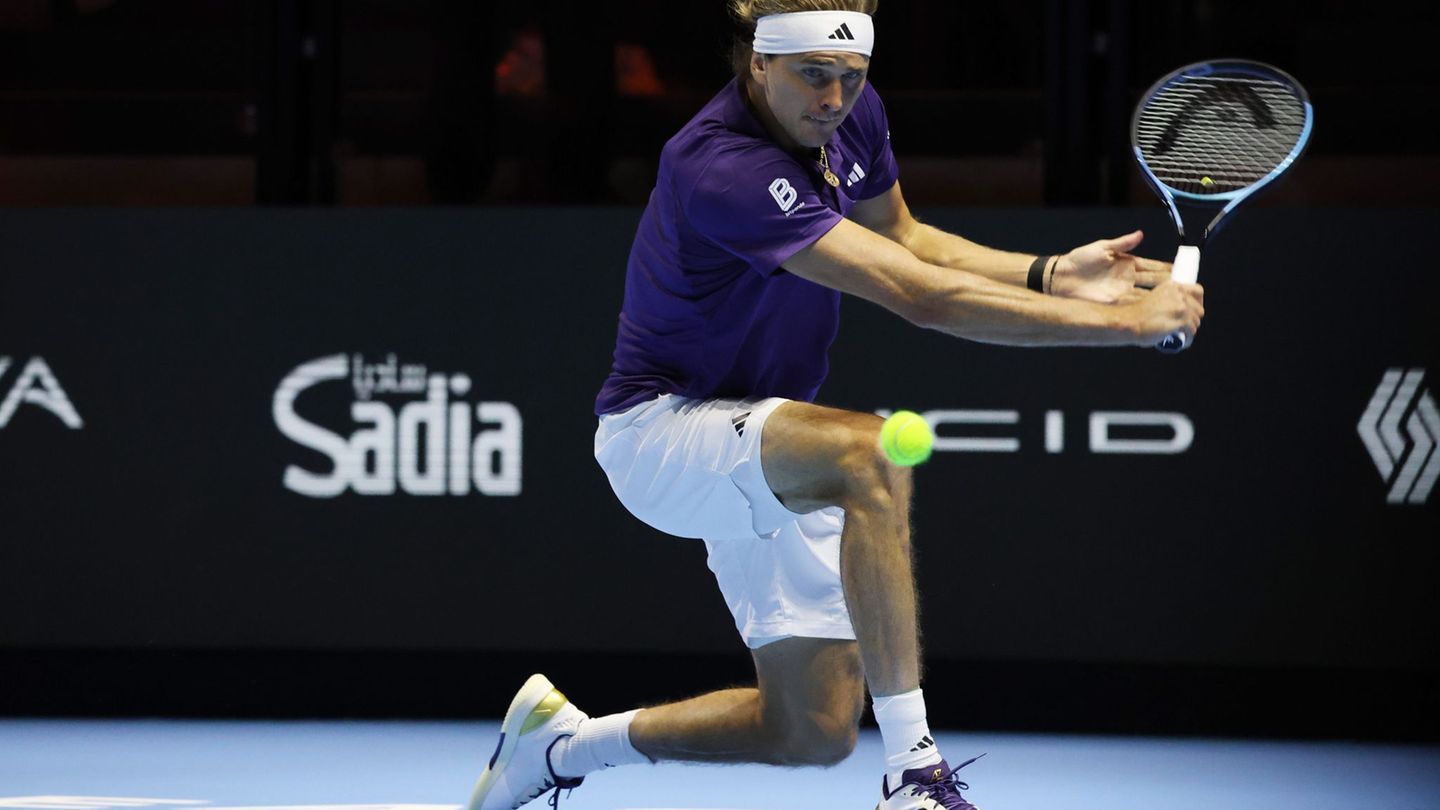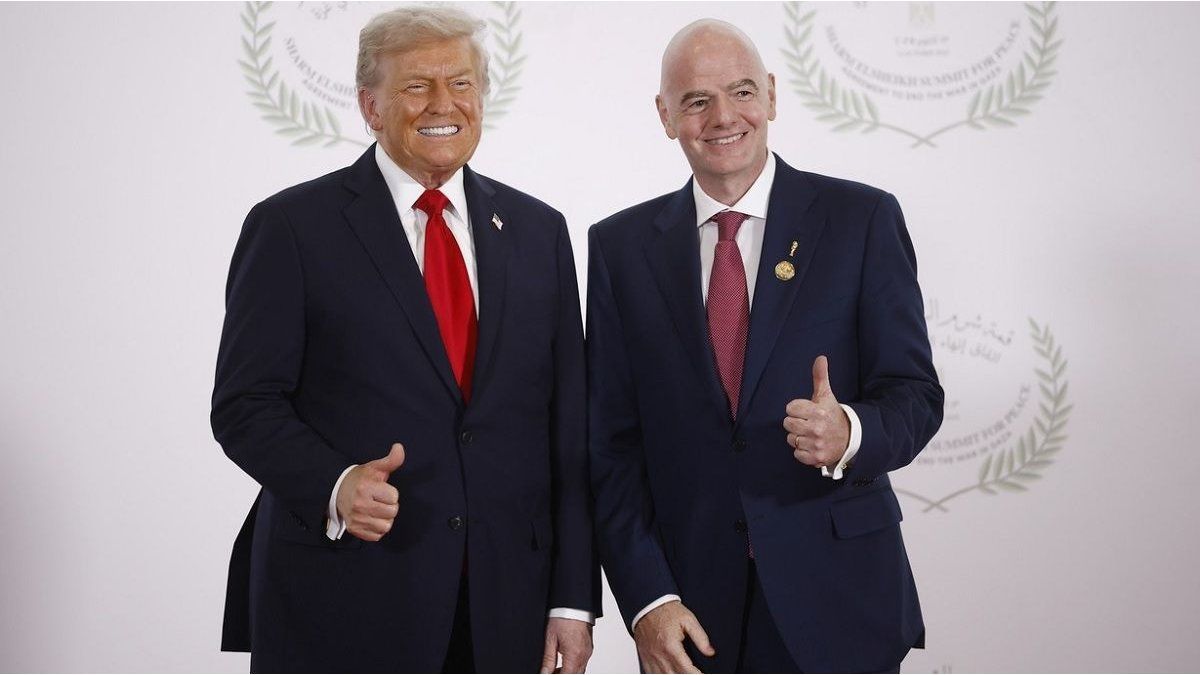Lucky are those who can charge their electric car at home in the garage. But what about beloved combustion engines? The boss of Bugatti has an idea.
A Bugatti Chiron consumes well over 20 liters per 100 kilometers. If you drive the powerful 16-cylinder double-V engine in the city, the 30-liter mark is quickly exceeded. But let’s be honest: with new prices exceeding three million euros, the bill at the gas station is probably the last thing that the owners of these cars are concerned about.
It is more problematic when it comes to supplying the super sports cars in the long term. As a company that is committed to combustion engines and fossil fuels, Bugatti is thinking out loud about how the luxury cars could be fueled in the future.
Bugatti combustion engines will continue to exist after 2035
In a speech at the “Financial Times’ Future of the Car Summit” in London, the focus was also on how Bugatti would deal with a possible end to combustion engines, writes “”. Company boss Mate Rimac is apparently pursuing his own approach.
End of W16 engine
“The last Chiron with 1500 hp” – Bugatti says goodbye to iconic super sports car
Even if it means penalties for the company, Bugatti wants to stick with combustion engines, Rimac said. “I see no reason not to produce them beyond 2035. We have developed a completely new engine and we want to use it for a while. I have read the regulations and I see no reason why this should not be possible – the headlines say that cars with combustion engines will be banned from 2035, but if you read the small print, it doesn’t say that anywhere – you can still build them, but there could be some fines,” the Bugatti boss explained, according to “”.
He also outlined how this could be handled if there were fewer and fewer filling stations for the cars. “You could even build nice Bugatti filling stations for the homes of the owners who use synthetic fuels,” he continued. At least the Bugatti boss doesn’t have to worry much about the financial possibilities of his customers.
eFuels from Porsche
As “” writes, Bugatti could perhaps use solutions from Porsche. Porsche opened an eFuel pilot plant in Chile about a year and a half ago. There, the company planned to initially produce 130,000 liters of eFuels per year, wrote at the time. The group was optimistic and added: “eFuels produced from water and carbon dioxide using wind energy allow gasoline engines to operate in an almost CO2-neutral manner. […] After the pilot phase, the project in Chile is expected to reach around 55 million liters per year with the first scaling by the middle of the decade. Around two years later, the capacity is expected to be 550 million liters.”
Porsche has a 45 percent stake in Bugatti, and the Rimac Group holds the remaining 55 percent. The promise of being able to supply the expensive super sports cars with fuel for their entire lifespan is likely to be an exciting selling point for many potential buyers. On June 20, Bugatti will present the successor to the Chiron for the first time – and the new V16 engine at the same time.
Source: Stern
I’m a recent graduate of the University of Missouri with a degree in journalism. I started working as a news reporter for 24 Hours World about two years ago, and I’ve been writing articles ever since. My main focus is automotive news, but I’ve also written about politics, lifestyle, and entertainment.




